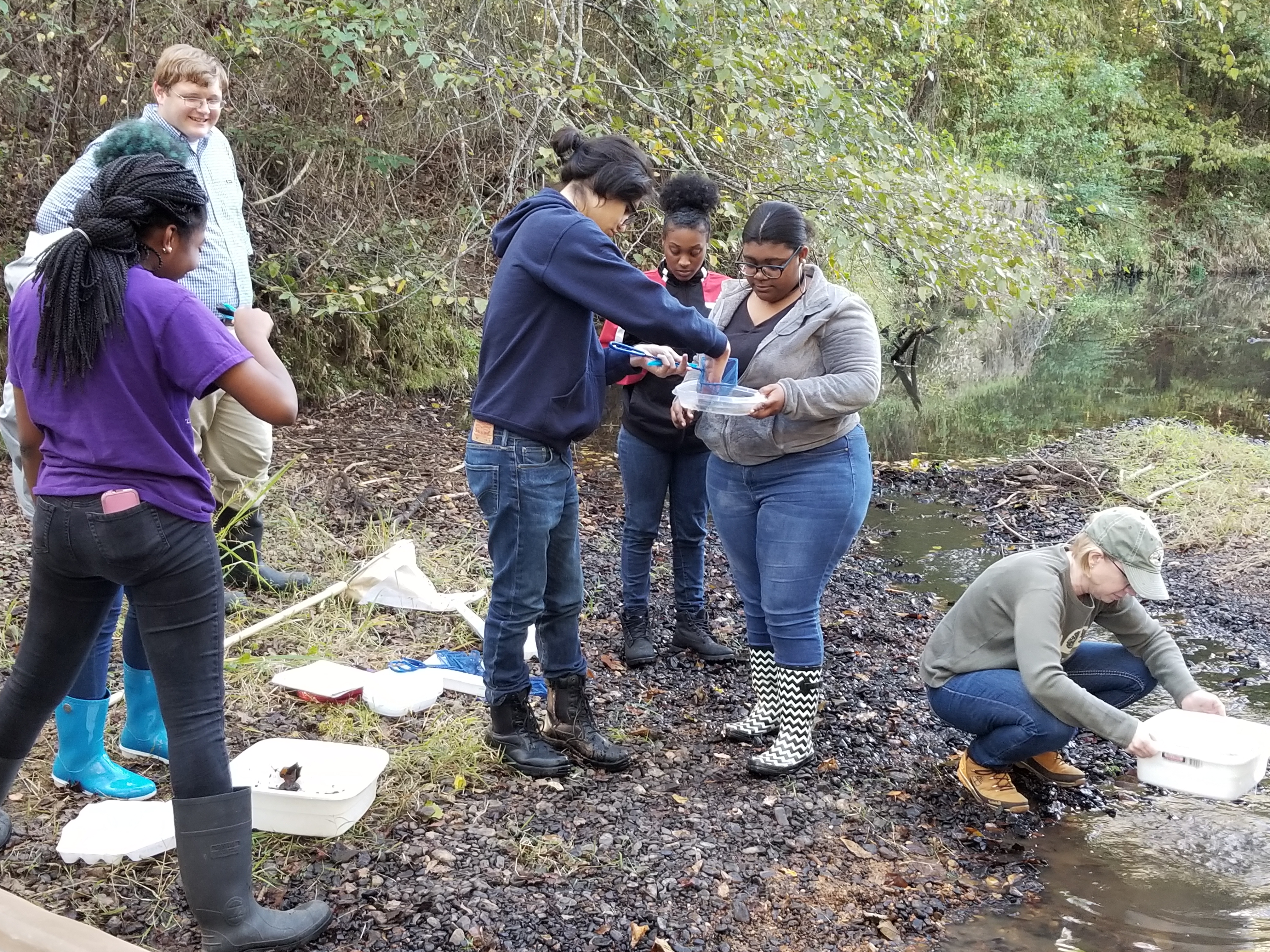You Should Go Outside More
Maybe we should teach topics about nature…mixed with a little nature?! Go outside! Get muddy, scrape a knee, step in a puddle, pull a leaf off of a tree (sparingly, of course)! These experiences are crucial to building connections between theory and reality!
These days it seems more and more time is spent indoors, and I feel that there is one place that can help mitigate that issue - the classroom. If students are going to learn about the natural world and plants and critters, then they need to also experience these things in a meaningful way! I know, I know, the amount of “teaching to the test” and time limits that burden primary and secondary teachers these days probably make it feel like this is an impossible feat, but I promise you it can be done! And it has remarkable potential to help foster growth in the students as well as the teachers! Students that are exposed to nature in a constructive and educational way on a regular basis have shown increases in a variety of academic measures, including core subject scores (math, science, and reading), school attendance, and overall GPA (SEER 2000). And some studies even suggest that cognitive skills are better honed outdoors than in a classroom (Eaton 2000).
Classroom lessons often portray a very static world, with much of the information provided in a dogma-esc fashion rather than a general framework. These types of lessons and “cookie-cutter” experiments can lead to a boring view of science and push students away before they get the chance to experience the wonder and unknown of true experimentation and data collection. Learning outdoors not only helps students to make connections within the lessons, it also makes for a more memorable experience. Several studies, including Dierking and Falk (2007), have found that people can recall outdoor studies and fieldwork from their schooling for many years.

Now, it is important to note that just going outdoors all willy-nilly is not necessarily constructive. Outdoor education projects/lessons require adequate planning and effort on the front-end. For instance, an outdoor lesson may be used to explore differences in bug morphology, but there should also be a follow-up lesson that helps students to understand the importance of the morphology in a meaningful way. Maybe the shape helps them hide from predators, maybe the shape of their legs helps them jump.
Also, an effort should be made to have students use this new knowledge to expand their thinking, this could be done with an imagination exercise where the instructor describes an imaginary habitat and students have to design their own bugs and explain how each feature helps them survive.
The important thing to realize here is that although the science classroom seems like the logical choice for outdoor education, the idea can be expanded to any subject. One of the most powerful messages I’ve ever come across was from an art class that worked on a collective project about the litter and pollution around their school. Each student used their own choice of medium to show the impact humans are having on their immediate environment; some students used a camera, some used sketches or paints. But the collective message was very powerful and attention grabbing. Through the project students not only connected with their local environment, but also became environmentally conscious about their decision-making. They were able to draw a link between the topics taught in their biology courses and the real world.
Many students may have trouble seeing the importance of art in the world of science, and though there are many important reasons to mesh the two, my particular favorite is the need for creativity! Ask anyone in a science-related field and they will tell you that you have to find ways to solve problems and these fixes can become pretty creative. Maybe the equipment you need to carry out a particular research project doesn’t exist…well, now you have to design and create the equipment you need - you better bet creative.
Please leave a comment and let me know of any outdoor education experiences you have had, or any that you use in your curricula. Also, if you are looking for more ways to move the teaching outdoors but struggling to come up with ideas, let me know and we can try to brainstorm together to come up with something new for you!